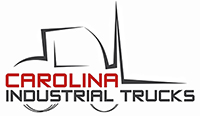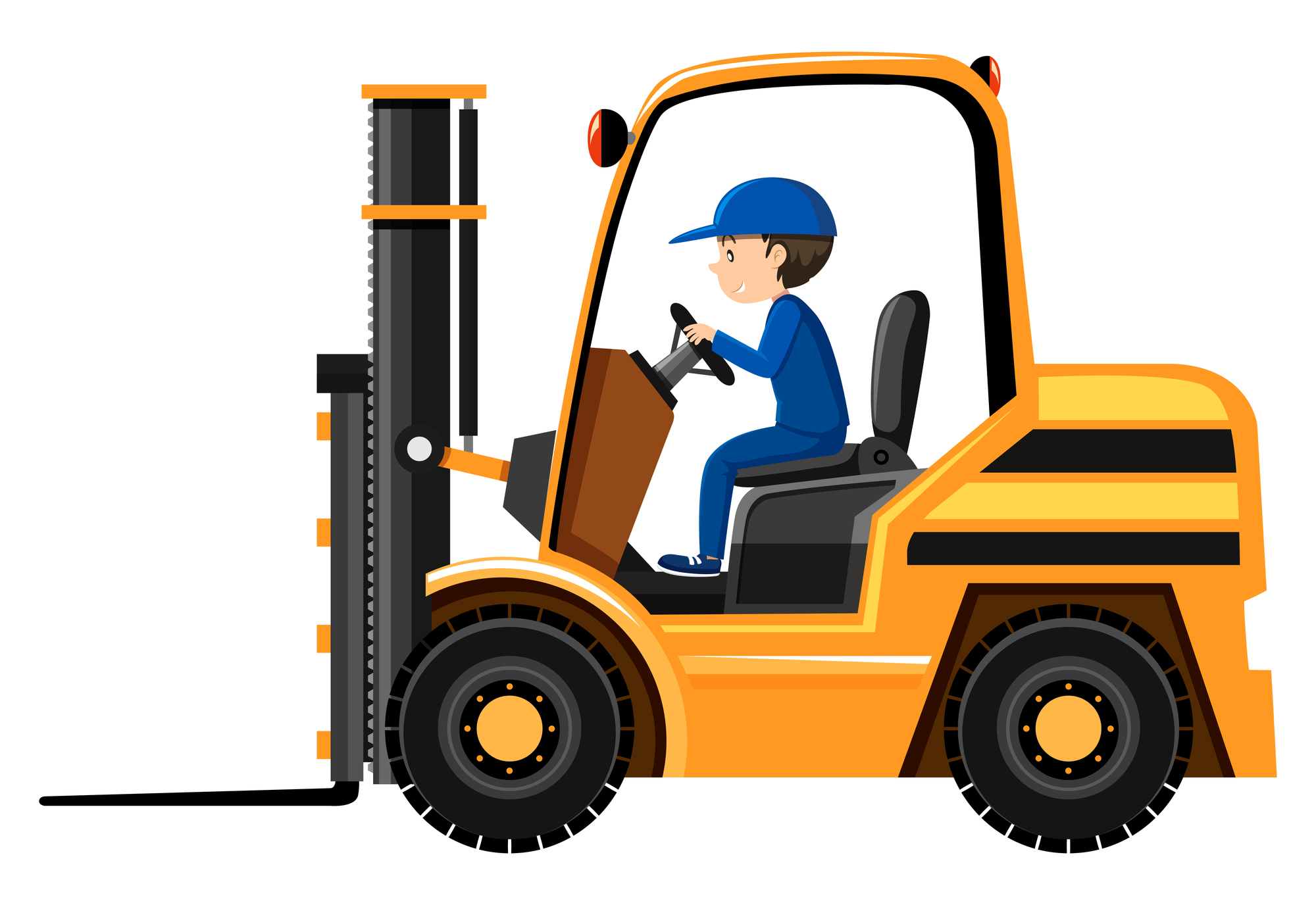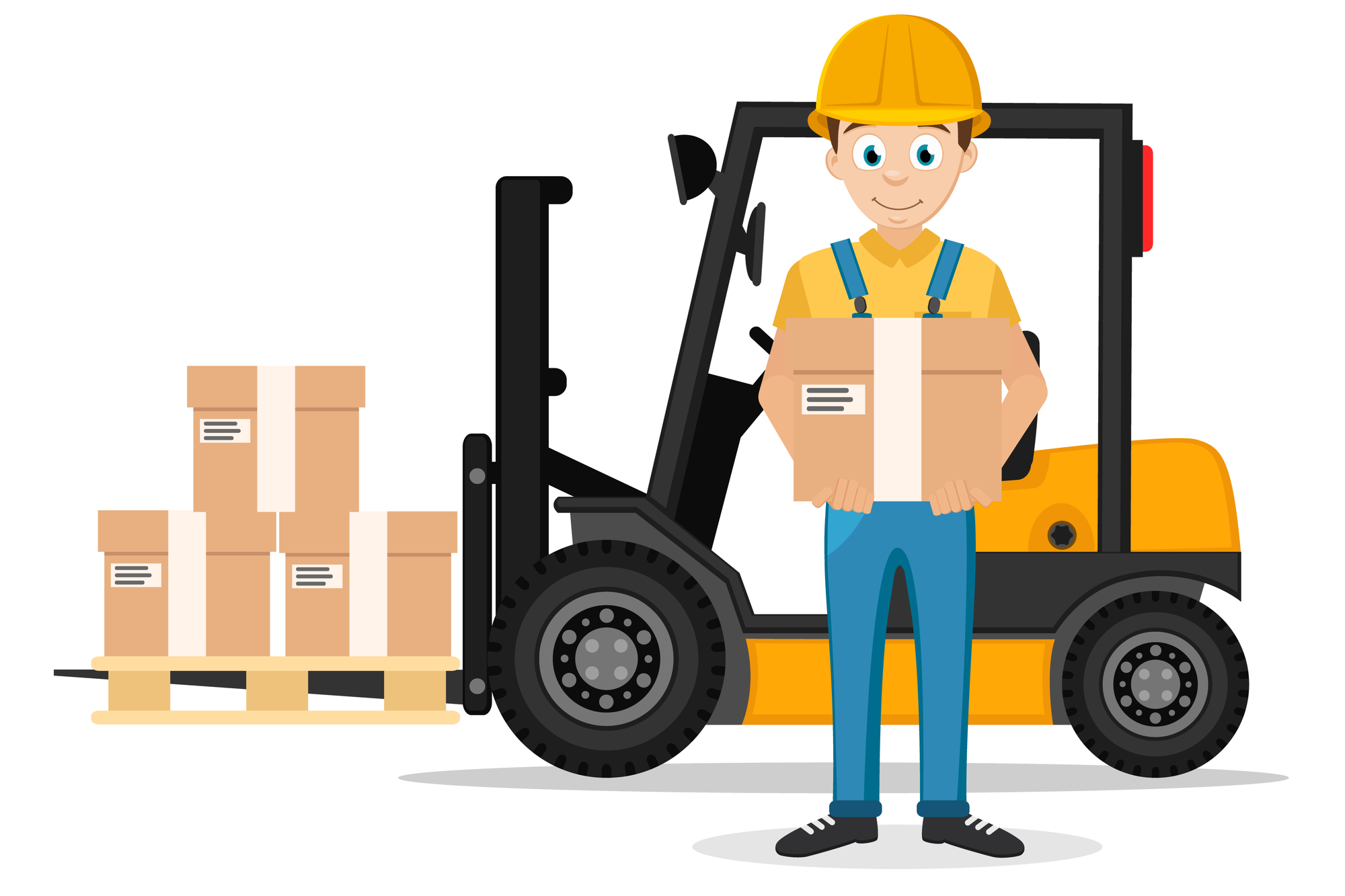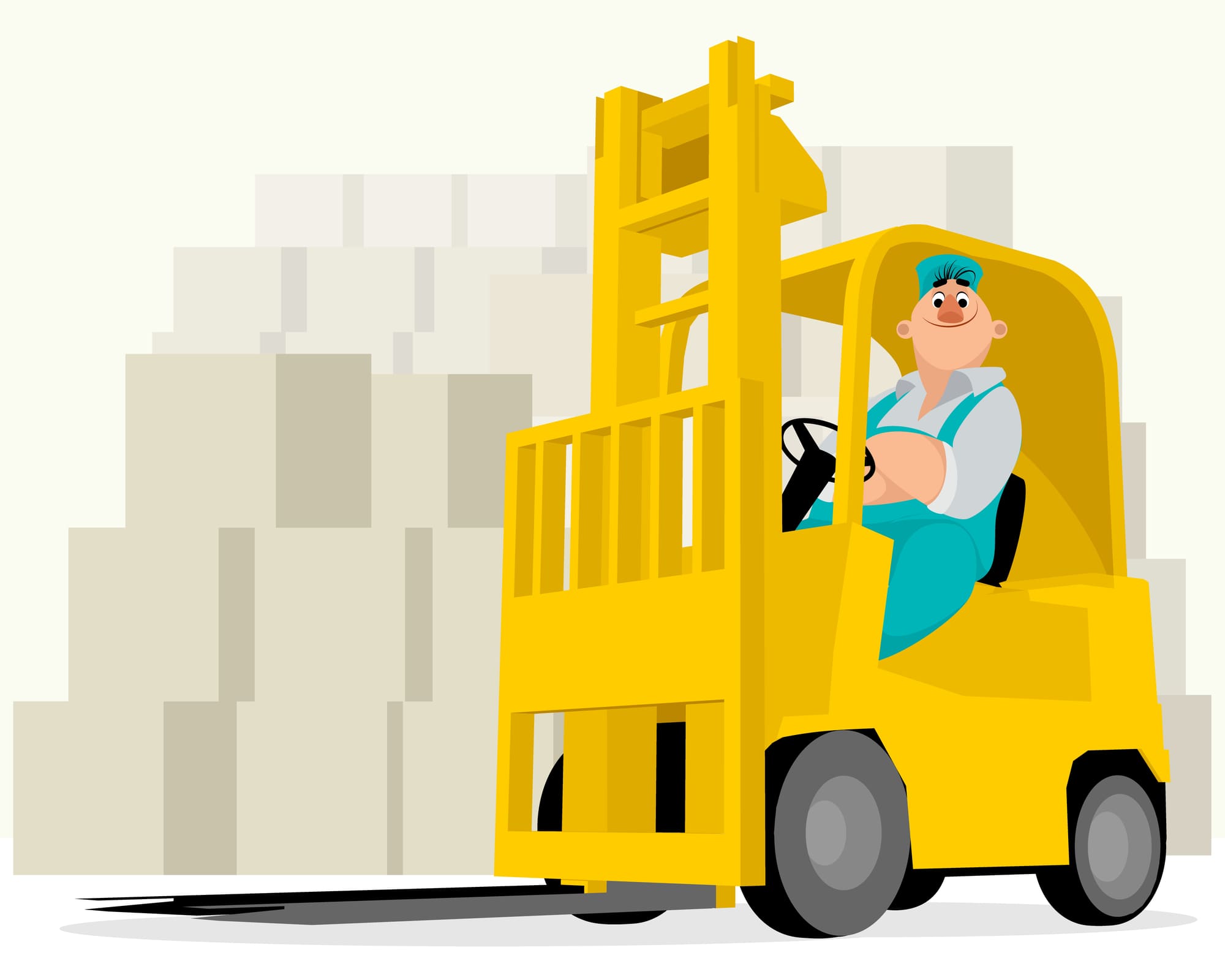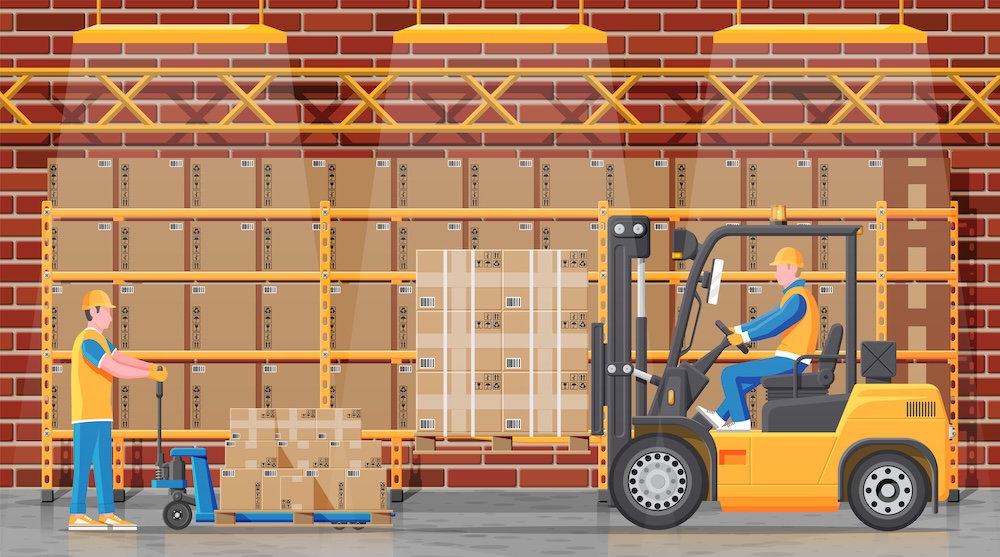Forklift Forks 101: Essential Maintenance Tips and When to Replace Them
11/25/2024
CITrucks
Maintaining the forks on a forklift is a crucial component for safe and efficient operations in any warehouse or industrial setting. With constant use, forks endure significant wear and tear, making proper care essential to avoid costly repairs or dangerous accidents.
Regular inspections can significantly extend the lifespan of your forks. However, even with the best upkeep, there comes a time when forks need to be replaced. Recognizing the warning signs, such as wear on the fork heels, bending, or visible cracks, is key to preventing accidents and keeping your forklift in top condition.
In this article, we’ll explore essential tips for maintaining forklift forks and knowing when it’s time to replace them.
Regular Inspection for Wear and Tear
Regular inspections of your forklift forks are very important for maintaining safety and operational efficiency. Forks are subjected to heavy loads daily, which can lead to wear and tear over time. Frequent visual inspections allow you to catch any cracks, bends, or visible damage early before they worsen. A quick check of the forks before each use can identify signs of fatigue that might compromise their structural integrity.
Damaged forks can lead to serious safety hazards, such as load slippage or, worse, complete fork failure, which could result in accidents and injuries. By identifying damage early, you can make the necessary repairs or replacements before operations are disrupted. Regular inspections help prolong the life of your forklift by reducing the risk of costly repairs and minimizing downtime.
Beyond safety, well-maintained forks keep the forklift operating efficiently. Forks that are bent or cracked may not handle loads properly, increasing the strain on the machine. This can lead to more significant issues with other components of the forklift and ultimately increase repair costs.
Proper Fork Maintenance
Regular forklift fork maintenance plays a key role in keeping your equipment running smoothly and safely. Forks bear the brunt of heavy loads, so maintaining them is essential for both performance and longevity. One of the simplest yet effective practices is cleaning the forks regularly. Dirt, debris, and grime can accumulate and lead to rust or corrosion over time. Wiping down the forks after each shift helps prevent these issues and keeps them in good condition.
Another important tip is to lubricate critical components, particularly around the fork heels. Lubrication reduces friction, which can lead to wear, making this a straightforward way to prevent unnecessary damage and extend the life of the forks. Applying lubrication to moving parts periodically can keep them functioning properly under heavy use.
Fork alignment is also something to watch closely. Misaligned forks can cause uneven wear, which might lead to premature failure. Checking for alignment on a routine basis and adjusting as needed helps distribute the load evenly, reducing strain on both the forks and the forklift itself.
By implementing these maintenance practices, you can keep your forklift forks in top condition, preventing wear and damage that can hinder performance.
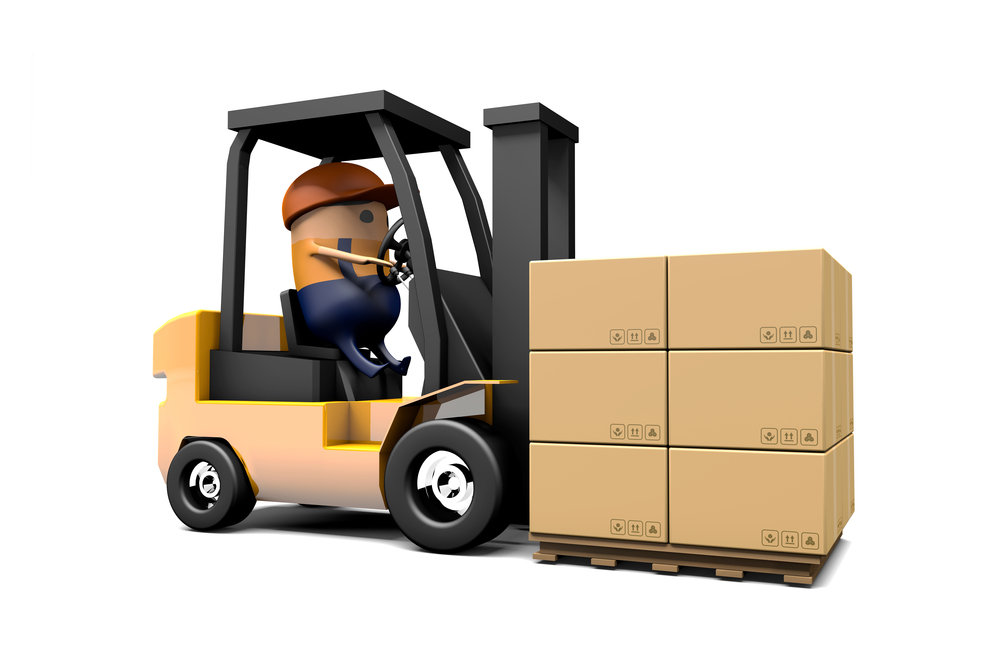
When to Replace Forklift Forks
Knowing when to replace your forklift forks is essential for maintaining a safe and efficient workplace. Forks that are worn or damaged can compromise the forklift’s ability to lift and transport loads properly. One of the most obvious signs that it's time for a replacement is if the fork heels show 10% wear. This amount of wear weakens the forks significantly, reducing their load-bearing capacity and increasing the risk of failure during operation.
Bent or deformed forks are another clear indicator that replacement is needed. Forks can bend from overloading or improper use, and even a slight bend can cause uneven distribution of weight, leading to instability when lifting. This not only damages other forklift parts but also creates hazardous working conditions.
Visible cracks in the forks are also a warning sign that should not be ignored.
Cracks can develop over time, especially under heavy use, and even small ones can lead to catastrophic failure. Continuing to use cracked or damaged forks puts both operators and nearby workers at risk of accidents, including dropped loads and tip-overs.
Regularly inspecting your forklift forks for these signs is essential. When forks show signs of wear, bending, or cracking, replacing them immediately helps to prevent accidents and keeps your forklift operating safely and efficiently.
The Importance of Load Distribution and Capacity
Understanding load capacity and distribution is key to maintaining forklift forks and overall safety in the workplace. Overloading your forklift by exceeding its rated capacity puts unnecessary stress on the forks, causing premature wear and potential failure. Even if the forks appear strong enough, over time, constant overloading can weaken their structural integrity, reducing their ability to carry heavy loads.
In addition to overloading, uneven load distribution is another factor that can lead to damage. When loads are not properly balanced, one fork may bear more weight than the other, causing uneven wear. This uneven pressure can result in bending or cracking, which compromises the forklift's ability to handle loads safely. It also adds strain to other parts of the forklift, increasing the likelihood of breakdowns and more expensive repairs.
Following load capacity guidelines is essential for extending the life of your forklift forks. By operating within the specified weight limits, you reduce the risk of damage and accidents. Properly balancing each load is just as important, as it helps distribute the weight evenly across both forks, preventing undue stress on one side.
Taking the time to load forklifts correctly not only enhances safety but also prolongs the life of the equipment. Proper load management protects both the machine and the people working around it.
Find Quality Forklift Parts at CITrucks
Proper forklift fork maintenance and timely replacement are essential for safety and long-term performance. By conducting regular inspections, adhering to load capacity guidelines, and maintaining proper load distribution, you can significantly extend the life of your forklift forks. Ignoring wear and damage can lead to unsafe conditions, costly repairs, and unnecessary downtime. Taking proactive steps in caring for your equipment not only protects your team but also keeps operations running smoothly.
If you notice any signs of damage or are in need of replacement parts, don't wait until it's too late. Contact CITrucks today for high-quality forklift forks and other essential forklift parts to keep your equipment in top condition.
